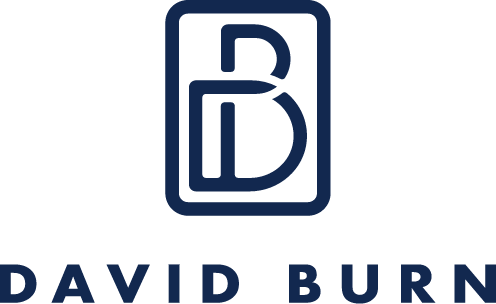The year was 1956. The city, San Francisco. The agency, BBDO. The job, Mailroom clerk. The future advertising legend, Hal Riney.
Riney was born in the depths of The Great Depression in Washington, a fact of his life that influenced his later work, including “It’s Morning Again in America” which helped re-elect Ronald Reagan in 1984.
Riney majored in art and minored in journalism and advertising at Univ. Of Washington. He served as a press officer in the U.S. Army and then joined BBDO. At first, he wanted to be an account exec. “I wanted to be an account man,” he said. ”I thought these were the guys who were the real ad people.”
Thankfully, Riney became an art director at BBDO, and within 12 years was promoted to vice president and creative director.
In 1976, Riney opened the San Francisco office of New York agency Ogilvy & Mather. Legend has it that Ogilvy “found” Riney at Reno’s, a bar in San Francisco, where he was sipping Jim Beam while writing ads for Oregon’s Blitz-Weinhard Brewing.
Nine years later, in 1985, Riney purchased the Ogilvy & Mather office and renamed it Hal Riney & Partners.
Riney’s Place-Based Brand Narratives Are American Folk Tales
If this was an art history class, what would we call this ad? How would we classify it? Pastoral realism.
Here we also have personal identity wrapped around a brand pitch. Like “The Hathaway Man” and “Commander Whitehead” the brewer is seeking a certain type of person, in this case, a blue-collar Pacific Northwesterner. No product is for everyone, and Riney understood this.
This beer ad is lifestyle marketing with an emphasis on place. The tagline is, “The best country in the country deserves the country’s best beer.” So much pride.
Along with DDB’s “Daisy” for LBJ, this ad is considered to be one of the best of all time for a political candidate. Unlike “Daisy,” this ad is not scary. For Riney, reality was scary enough. He sought to offer his client’s customers another, more comforting, vision of America.
Hal Riney created the Saturn campaign, centered on the town of Spring Hill, Tenn., where the car was manufactured. This car was not made in Detroit, and the commercials wouldn’t be made there either.
The tagline was “A different kind of company. A different kind of car,” and it was the most successful new model introduction in GM history.
What’s the inherent tension in this story? Riney identified a key moment of truth in the car buying experience—all the way at the end of the narrative arc’s downslope—and he successfully dramatized it.
Hal Riney’s Legacy Continues To Play Out Today
Hal Riney started something in San Francisco that continues to play out today in a big way. Andy Berlin, Jeff Goodby, and Rich Silverstein all worked for Riney before heading out on their own.
Riney liked to use pop music in ads, not just jingles. He painted a complete picture for viewers, one that they could imagine themselves in, and happier in. And like Leo Burnett and David Ogilvy, he created brand characters (Bartles & James) endowed with cultural relevance.
Lee Clow said, “Hal Riney was one of our fiercest competitors and, personally, one of my greatest inspirations. The man was truly a genius. His voice for storytelling and his art changed the way we think about advertising. His work will continue to inspire us.”
—
Hal Riney is one of the ad legends featured in “The Ad Legends: The People, Creative Movements, and Legendary Work That Shaped the Modern Craft of Advertising,” a live workshop I first presented at Signal Theory in Kansas City and Wichita, on December 11 and 12, 2019.
Hal Riney illustration by Jason Walton.
